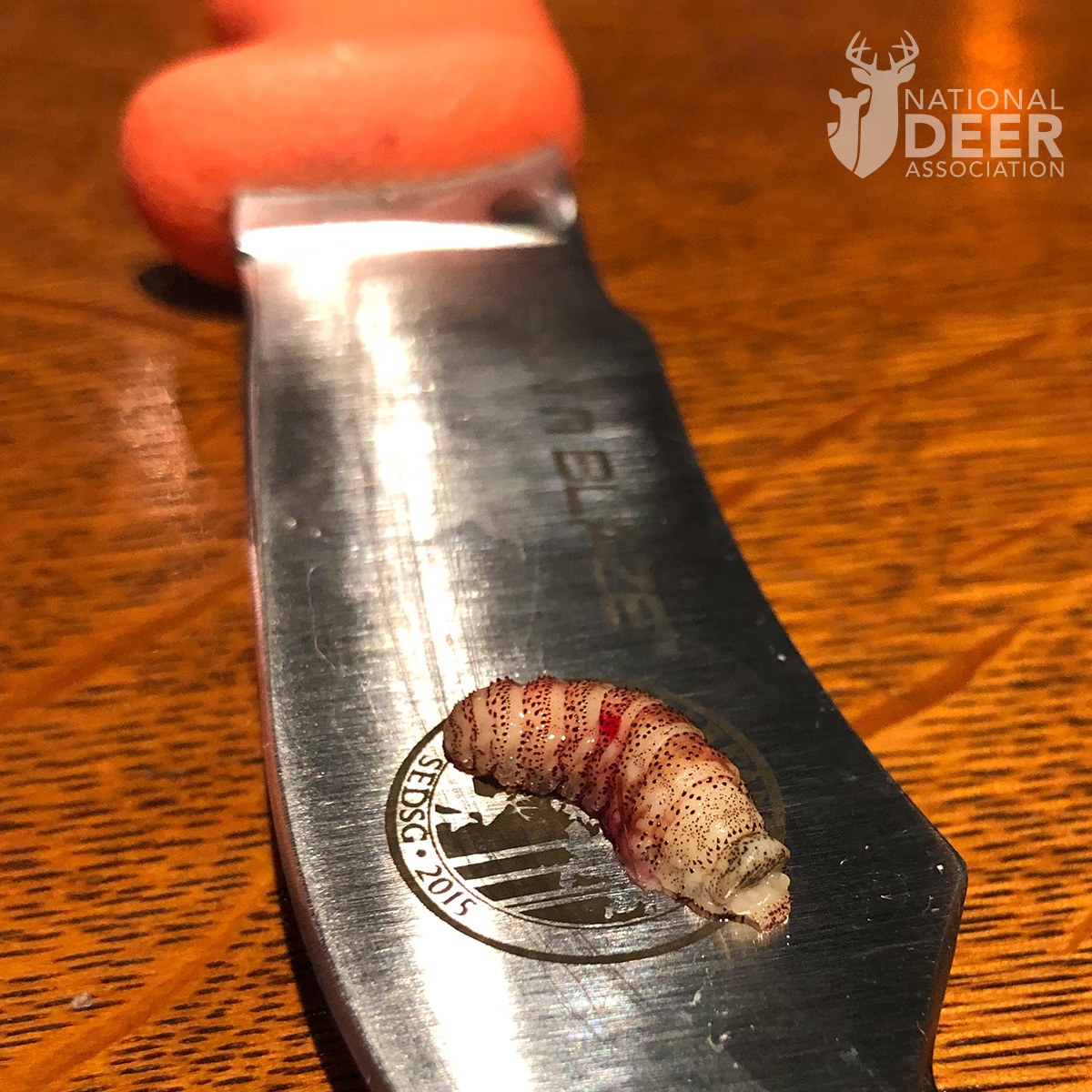My dad has a few deer on his place that have swollen areas under their chins. Not swollen jaws, like a chipmunk. Its like under their jaws. For example, on a human it would be like the area under your jaw. Anyone seen this before? Any cause for alarm? Dont need it spreading to other deer or anything like that. Just curious if anyone has seen this before?
Announcement
Collapse
No announcement yet.
Deer with swollen chins
Collapse
X
-
Usually its on the side (lumpy jaw), but I've seen some on the bottom. The root cause of lumpy jaw is arterial worms (with resulting food impaction), and while this is still a possibility, I would guess something else is at play, which could be anything from injury/infection to tooth/jaw problems. Hard to say without a close-up inspection. Nothing you would have to worry about spreading though.
-
Those are impactions.. They suffered a tear in their skin inside their mouth and it becomes impacted with anything they eat... Stinks like a rotten hog pen when you dig it out but it has no affect on their health.. I've seen it more times than I could count over the last 37 years of caping deer..
Comment
-
Yep, full of food.Originally posted by ttaxidermy View PostThose are impactions.. They suffered a tear in their skin inside their mouth and it becomes impacted with anything they eat... Stinks like a rotten hog pen when you dig it out but it has no affect on their health.. I've seen it more times than I could count over the last 37 years of caping deer..
Comment
-
From QDMA website: Ever see a deer that appeared to have a very large chaw of tobacco in its cheek? This deer likely is the victim of a parasite called an arterial worm, because the adult lives in the carotid arteries in the necks of whitetails. When enough worms are present, they can reduce blood flow to the muscles of the jaw, interfering with the deer’s ability to chew and swallow, so food builds up in the cheek or under the tongue (in the photo, a dead deer’s cheek has been sliced open to reveal the impacted food). This affects the ability to acquire adequate nutrition and can lead to emaciation as well as secondary infection at the site of the food impaction. The parasite uses a horsefly for its life cycle. Larvae are siphoned up by horseflies that bite and feed on the blood of infected deer. They mature, migrate back to the horsefly’s mouth parts, and are transmitted back to the next deer bitten by the fly. The larvae spend time first in a deer’s brain before migrating to the carotid artery to become adults.
Comment




Comment